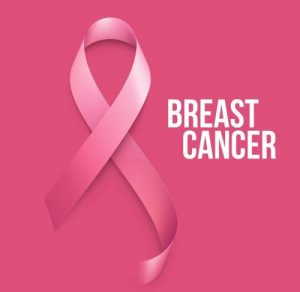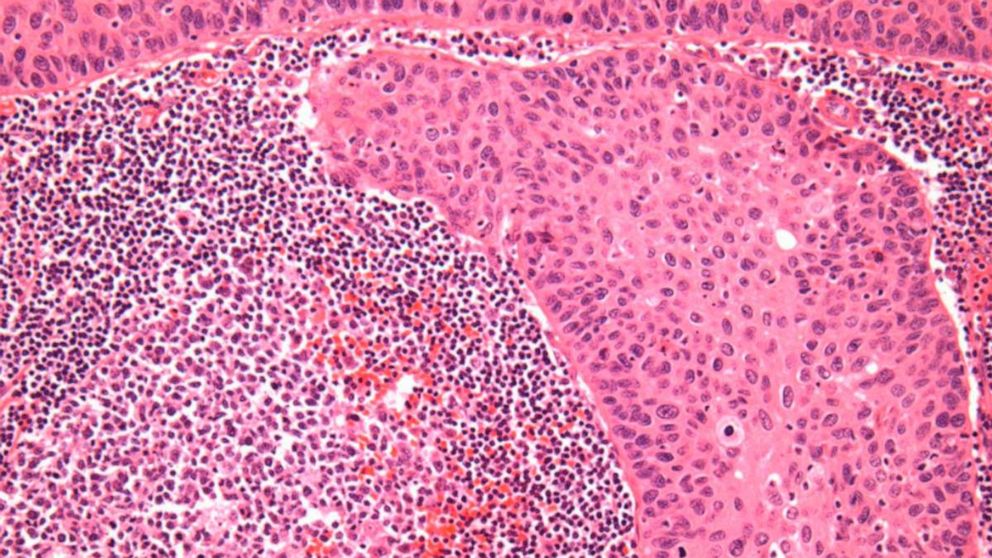Abstract
Breast cancer ranks the first among the Iraqi population and the leading cause of cancer related female mortality. In addition to the barriers that impede early detection of that cancer other major challenges include the capacity for effective multi modality treatment.
Aim: To review and follow up a sample of Iraqi female patients diagnosed with breast cancer in a main referral center; recording their clinico-pathological characteristics, the offered treatment options and the rate of recurrence. Material and Methods: This retrospective study analyzed the clinical and pathological characteristics of 230 Iraqi female patients histologically diagnosed with breast carcinoma who had reliable valid data related to their demographic, clinical and tumor pathological status. The studied parameters included the age of the patient, marital status, parity, age at first delivery, occupation, history of lactation and hormonal intake, family history of breast and any other cancer, histological type, tumor grade and clinical stage.
Hormone receptors (Estrogen and Progesterone) and HER2 over expression contents of the primary tumors were evaluated immunohistochemically. The offered treatment options included surgery, chemotherapy, radiotherapy, hormonal and biological targeted therapy. The rate of recurrence was evaluated after a follow-up period of three years.
Results: Only 3.5% of the patients were under the age of 30 years while 39.1% were aged 50 years and over. About 84% were married, 11.3% were nulliparous, 24.9% had their first delivery before the age of 20 years and 56.9% were housewives.
History of lactation was reported in 60.4%, whereas history of breast cancer was registered in 17.4%. The most common histological type of breast carcinoma was the infiltrative ductal (86.5%) well differentiated carcinomas were diagnosed in only 5.2%
The rates of positive ER, PR and HER2 tumor contents were 68.3%, 65.7% and 29.6% respectively. Overall 8.3%, 4.3%, 39.6% and 7.8% of the patients were diagnosed at stages
I, II, III and IV respectively. Surgery was the primary treatment modality prescribed to the vast majority (96.1%) of the patients; 88.2% of those underwent modified radical mastectomy and only 3.6% had breast conservative surgery.
Whereas 91.7% received chemotherapy, radiotherapy, hormonal and biological therapy were applied on 65.7%, 63.5% and 27.4% respectively. Recurrence of breast carcinoma three years following treatment was displayed among 9.7%; displaying significant direct association with the clinical stages of the disease (p<.05).
Conclusions: Breast cancer is still diagnosed at relatively advanced stages at the time of first presentation in Iraq; requesting radical mastectomy. Early detection represents the principal approach to control breast cancer in the near future.Regular long-term follow up through multidisciplinary tumor boards is mandatory to monitor response to therapy and recurrence









